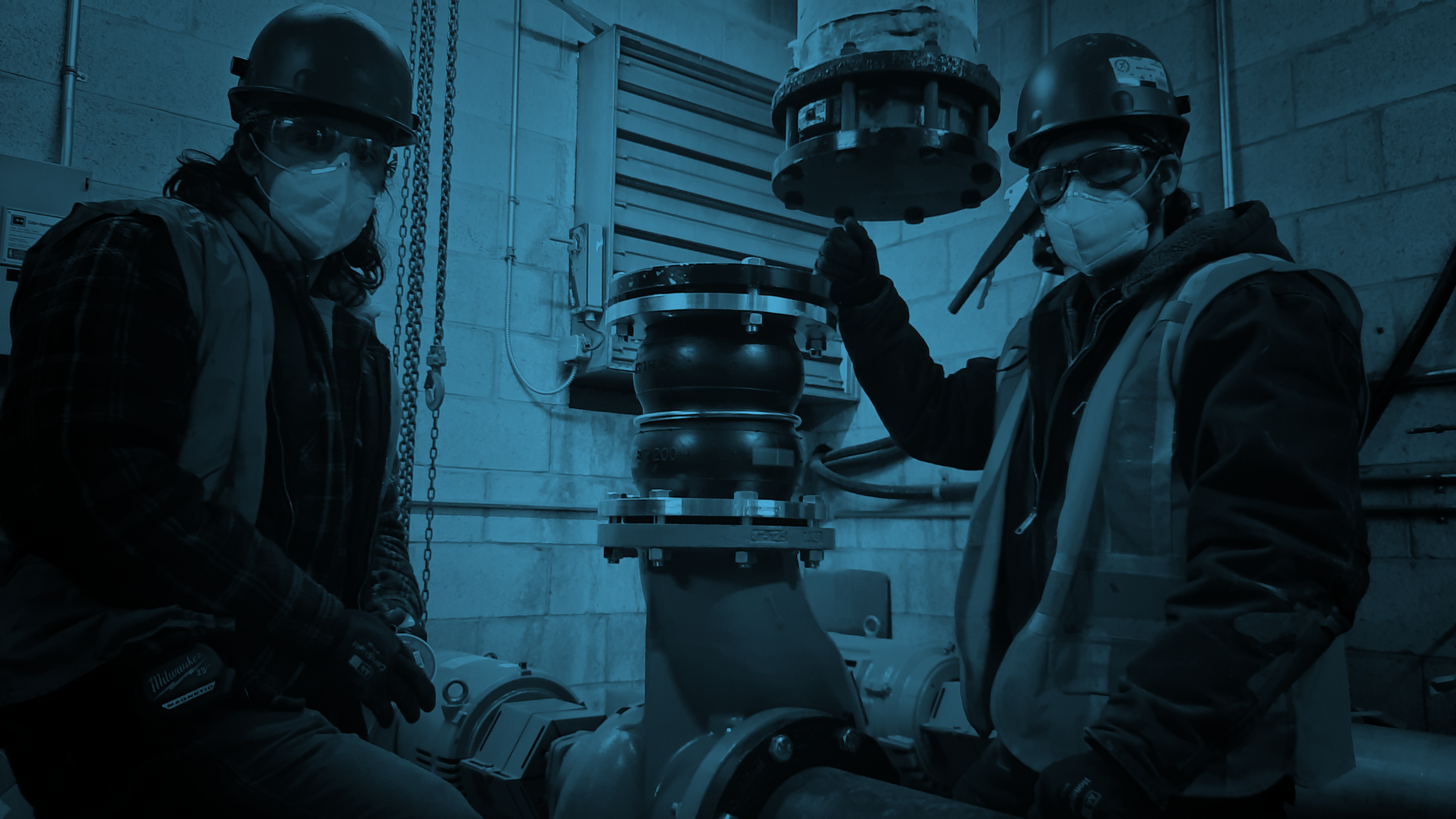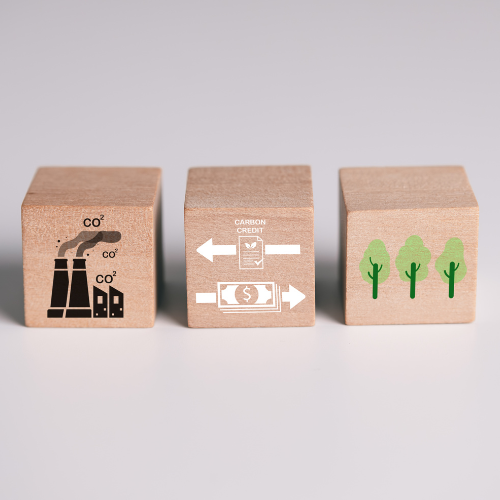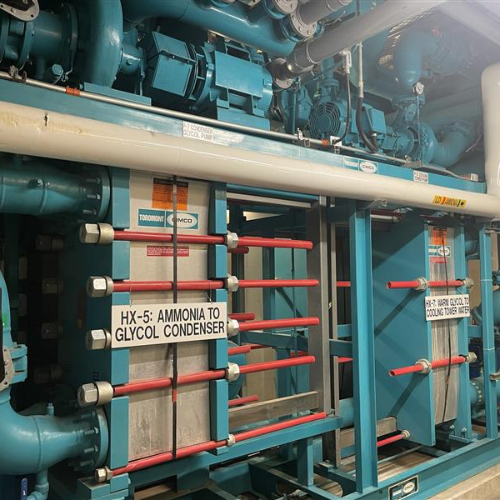FREQUENTLY ASKED QUESTIONS
What does net-zero actually mean?
Net-zero is essentially an accounting term applied to carbon emissions, otherwise known as greenhouse gas (GHG) emissions. Achieving net-zero emissions means that we emit no GHGs, or significantly reduce them to the lowest possible amount, and offset the remaining emissions through initiatives such as tree planting or carbon capture technology.
What are we trying to achieve?
According to the Intergovernmental Panel on Climate Change (IPCC), the world needs to make deep cuts in GHG emissions by 2030 and reach net-zero emissions by 2050. Science tells us that we must limit global warming to 1.5 degrees or well below 2 degrees to avoid the most catastrophic impacts of climate change. According to the United Nations, emissions must decline by 7.6 percent per year between 2020 and 2030 to keep temperatures from rising above 1.5 degrees Celsius and by 2.7 percent per year to stay below 2 degrees Celsius.
How can ice rinks help?
Ice rinks are among the most energy-intensive and GHG-emitting facilities in municipalities, making them an excellent starting point for communities striving to achieve net-zero. Think of an indoor ice rink as a giant refrigerator. It takes an enormous amount of energy to keep it cold, but that process creates condensation heat. Usually this heat is simply expelled outside, but when we harness this renewable energy and use it elsewhere in the facility, it can significantly reduce emissions. That's why it can be extremely useful for municipalities to focus on ice rinks as a way to achieve net-zero by 2050.
I'm in. What should I do first?
Start by defining your emissions baseline. In other words, all the emissions you are directly or indirectly responsible for across your facility. Using this baseline, you can develop a strategy, set a science-based emissions reduction target, and track your progress toward zero emissions. Identifying your baseline can be accomplished through a Carbon Neutral Plan, with specific steps to get your facility to net-zero over a 20-30 year period.
How does the Neutral Carbon Plan work?
The objective of the Carbon Neutral Plan is to develop a comprehensive technical and financial analysis of options and determine the best approach to reducing a building's carbon footprint. The Carbon Neutral Plan identifies opportunities to significantly reduce the building's energy consumption and resulting greenhouse gas emissions over a period of time. The plan will examine all aspects of your building, such as efficiency measures, stakeholder engagement, renewable energy, and equipment retrofit investments. Ultimately, the plan will be used for communication and financial planning to ensure that you meet your goal by 2050.
Is the path to zero emissions expensive?
There is a misconception that going green is always more expensive. That said, the costs depend on several factors. A well-planned path to net-zero will look out the next 30 years and incorporate everything from equipment life cycles to future building plans. The key is to establish a long-term plan and develop a more thorough analysis of the total project benefit beyond just short-term payback. Improving building efficiency and reducing emissions makes financial sense, as these initiatives allow municipalities to avoid phase-outs and reduce operating costs. There are also federal and provincial government grants and incentives available to support net-zero projects.
How do I apply for funding?
Contact your local CIMCO Refrigeration representative to discuss the next steps. He or she will be able to determine your eligibility and assist you in the application process.
What are the main barriers to achieving net-zero, and how do I overcome them?
Here are some common barriers to implementing your net-zero strategy.
Getting support: arena managers often wonder, "How do I get support from the rest of the company, especially senior management?" The good news is that this task is starting to get easier as communities demand that companies take action on climate change. Encourage team engagement by explaining to all teams why your goals are so important and what their roles are in this journey, and by involving them in the decision-making process.
Compete with other business professionals: It can be difficult to compete with other business professionals who may have clear revenue-generating results from some of your sustainability actions. Try to make a long-term business case that incorporates municipal resilience and reputational benefits.
Data collection and reporting: A sustainability manager may spend most of his or her time collecting data and reporting, which can appear to be at the expense of concerted action to drive change. Consider using specialized software or bringing in outside help to focus on strategy implementation.
Can municipalities really make a difference?
Research shows that the strength of a movement lies not in large crowds, but in individuals and small groups. (Ask Greta Thunberg.) Net energy reduction targets in North America offer municipalities the opportunity to lead the way in addressing global warming. In fact, because municipalities are more flexible than senior governments, they have the ability to evolve and innovate in ways that larger governing bodies cannot. While the goal of net-zero emissions will not be achieved overnight, by taking responsibility for our environmental footprint today and by encouraging and supporting sustainable development projects, municipalities can have a real impact.




